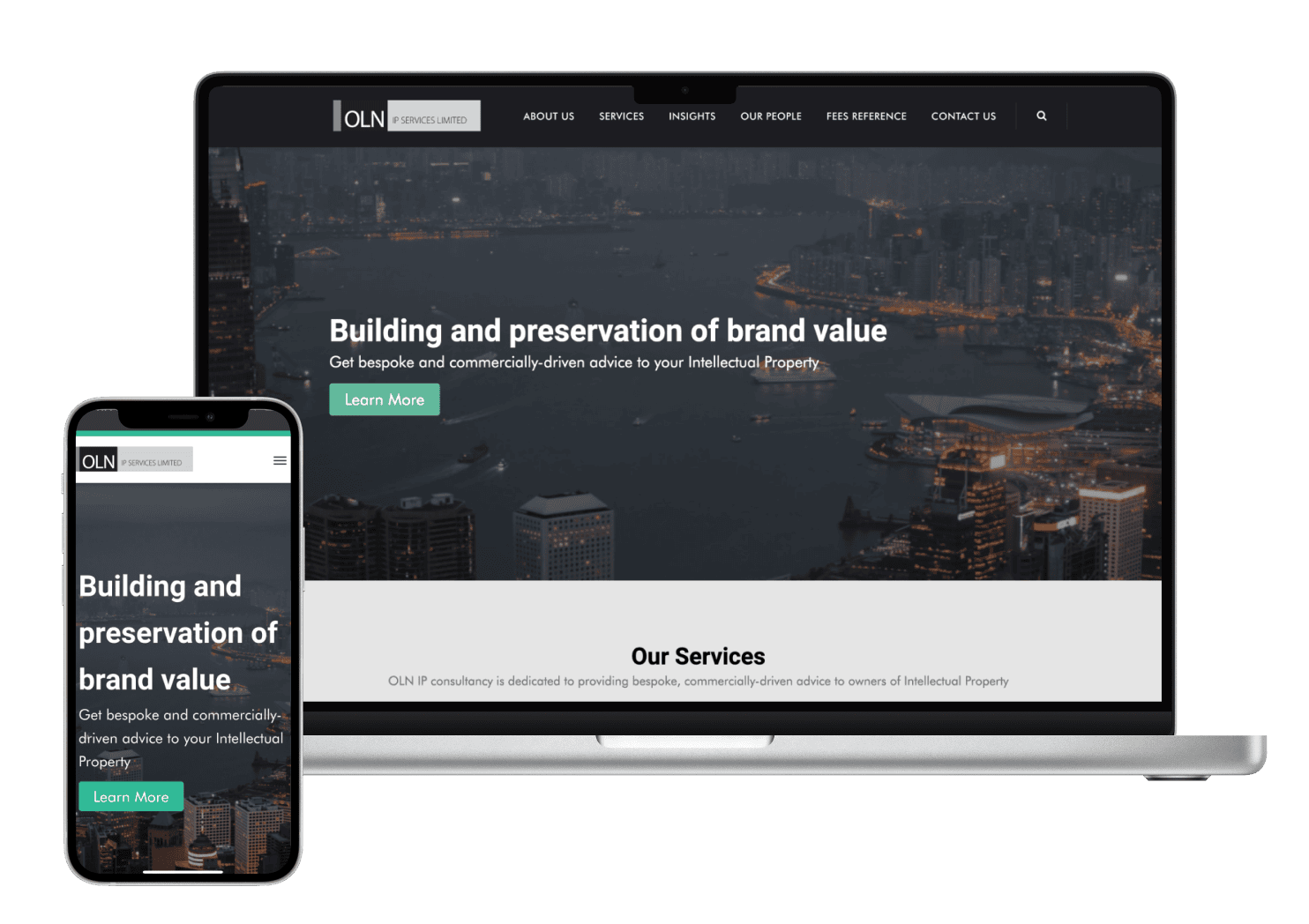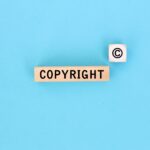IP ALERT- How to Protect the Rule of a New Game?
6 Mar 2020
Human creativity takes many forms. As with many forms of creativity, new games lead to disputes over who is entitled to exploit them. But could we actually protect the rule in the new game by preventing others from exploiting it?
Copyright
Copyright can offer protection to the set of rules if it is in written form (e.g. instruction booklet) or visual form (e.g. video). However, copyright only provides protection against unauthorized substantial copying of copyrighted work, e.g. the set of rules or video. Therefore, copyright does not offer protection if someone plays the game in accordance with the new form of rules.
Even though rules standing alone are not copyrightable, it does not mean that any or all expression related to game rule is unprotectable. It is because almost all expressive elements of a game are related in some way to the rules of the game.
In US case – Incredible Technologies v Virtual Technologies Inc (No. 03-3785), the Seventh Circuit of the United States Court of Appeals held that “sequences” and “arrangement” in video games can “provide something new or additional over the idea” and hence are entitled to claim copyright protection, even though the Seven Circuit held that copying an arcade golf game’s control panel and instruction guide did not constitute copyright infringement because the copied materials were functional elements of the allegedly infringed game.
Interestingly, the court in another US case – Tetris Holding, LLC v Xio Interactive Inc (United States District Court For The District Of New Jersey, Civil Action No. 09-6115) raise examples as to which part of the video game can be copyrightable, including game labels, design of game boards, playing cards and graphical works, which are expressive elements in the video game.
This case examined the similarities between Tetris – “a facially simple puzzle game in which the player is tasked with creating complete horizontal lines along the bottom of the playing field by fitting several types of geometric block pieces (called tetrominos) together,” and Mino – “a Tetris-inspired game that could be described in the same fashion”.
The court found “the dimensions of the playing field, the display of ‘garbage’ lines, the appearance of ‘ghost’ or shadow pieces, the display of the next piece to fall, the change in color of the pieces when they lock with the accumulated pieces, and the appearance of squares automatically filling in the game board when the game is over” are protectable under copyright.
In summary, even though historically, the rules of the games have not been protected by copyright, recent cases as discussed above showed that video games inventors are likely entitled to claim copyright protection by simply providing “sequences” and “arrangements” in the video game.
Patent
The United States Supreme Court’s landmark decision in Alice Corp. v CLS Bank International (Certiorari To The United States Court Of Appeals For The Federal Circuit, No. 13–298) has provided steps as to how to protect an abstract idea (game rules) under patent. The Supreme Court in Alice explained in two steps.
The first step requires that the claims be “viewed as a whole” to determine “whether the claims at issues are directed to abstract ideas” as the abstract ideas category embodies the longstanding rule that an idea of itself is not patentable.
The second step requires “a consideration of the claim elements…both individually and ‘as an ordered combination’ to determine whether the additional elements ‘transform the nature of the claim’ into a patent-eligible application.”
A claim that recites an abstract idea can be patent eligible if it contains an ‘incentive concept’ – i.e. an element or combination of elements that are ‘‘sufficient to ensure that the patent in practice amounts to significantly more than a patent upon the itself.” The claims “must include ‘additional features’ to ensure ‘that the claim is more than a drafting effort designed to monopolize the abstract idea. . . Transformation into a patent-eligible application requires more than simply stating the abstract idea while adding the words apply it.” The additional features must be more than well-understood, routine and conventional.
In the case of Alice, Supreme Court held the mere recitation of a generic computer cannot transform a patent-ineligible abstract idea into a patent-eligible invention. Stating an abstract idea while adding the words “apply it” is not enough for patent eligibility.
As such, the key principle outlined in this case is that game inventors should make sure the game rules must contain “incentive concept” and include “additional features”.
Passing off
Passing off is a common law tort, which is a form of IP enforcement by holders of unregistered trademarks against the unauthorized use of the mark or packaging including “get-up” and presented the copied goods and services as if it were their good or services.
There are 3 requirements (referred to as “classic trinity”) to satisfy before initiating Passing Off action as laid down in Reckitt & Colman Products Ltd v Borden Inc. [1990] 1 All E.R. 873, – a.k.a. “the Jif Lemon case”.
1st requirement: The Plaintiff must establish a goodwill or reputation attached to the goods or services which he supplies in the mind of the purchasing public by association with the identifying “get-up” (whether it consists simply of a brand name or a trade description, or the individual features of labelling or package) under which his particular good or services are offered to the public, such that the get-up is recognized by the public as distinctive specifically of the plaintiff’s good or services.
2nd requirement: The Plaintiff must demonstrate a misrepresentation by the defendant to the public (whether or not intentional) leading or likely to lead the public to believe that the goods or services are of the plaintiff.
3rd requirement: The Plaintiff must demonstrate that he suffers or, in quia timet action, that he is likely to suffer damage by reason of the erroneous belief engendered by the defendant’s misrepresentation that the source of the defendant’s goods or services is the same as the source if those offered by the plaintiff.
However, passing off mainly applies to goods or services, but there are no precedents on video games.
There is “extended” tort of passing-off in an English case Erven Warnink v. Townend & Sons Ltd [1979] AC 731, [1980] R.P.C. 31, – a.k.a. “the Advocaat case”. In this case, the Plaintiff produced a drink called “Advocaat” while the Defendant produced a drink made from eggs and fortified wine which they called “Old English Advocaat”. The latter drink, although having same alcoholic strength as the Plaintiff’s, could be considerably cheaper price because, being a wine rather than spirit-based drink, it attracted less excise duty. The Plaintiff found that the defendants were taking away an appreciable share of the market and sought an injunction to prevent them from describing their drink as “Advocaat”.
The court held the name “Advocaat” had acquired a substantial reputation and goodwill as connoting a drink with recognized qualities of appearance, taste, strength and satisfaction. Accordingly, D had committed the tort of passing off.
There is also another case regarding “extended” tort of passing-off. In the case of Bollinger v Costa Brave Wine [1961] RPC 116, which concerned the term “Spanish champagne”, the court held “champagne” could not be used other than in relation to sparkling wine produced in the Champagne district of France. Use of the term “Spanish champagne” in relation to perlada sparkling wine from Spain was likely to mislead people who were not knowledgeable about champagne into thinking that the defendant’s sparkling wine was champagne from France.
This case extends the principle of passing off beyond protection of the products to protect defined classes of products associated with a particular word or name which has or is believed to have recognizable and distinctive qualities.
But it is uncertain as to whether passing off applies to video game rules. Further, it is only applicable if the client has built up a substantial reputation and goodwill in the mark for the goods (e.g. actual product) or services (e.g. business activity).
Based on the above judgements, game rule inventors should promote the new game rules by other means e.g. online games, sports magazine in order to build up the reputation quickly so as to enjoy the “extended” protection under tort of passing off.
Trademark
Additional protection can be obtained under trademark. The game owner is advised to devise a name (word mark)/logo (design mark) for the game closely relating to the new idea/rules. The possible trademark classification for those game is Class 16 (e.g. instructional and teaching materials) or Class 41 (e.g. provision of video games and computer games on-line).
To register a trade mark, the required information and documents are: (1) a clear representation of the trademark; (2) specification of goods and services; and (3) the name and address of the applicant in English. It will normally take around 8-12 months to register a trademark application.
A trade mark registration is prima facie evidence to establish the trade mark owner’s right to sue the infringer, hence, there is no need to establish goodwill and reputation as in the case of passing off action as discussed above.
Should you have any questions related to this article, please contact evelyne.yeung@oln-law.com and we will be pleased to answer and assist.
作者
最新文章

 香港中环雪厂街二号圣佐治大厦五楼503室
香港中环雪厂街二号圣佐治大厦五楼503室 +852 2868 0696
+852 2868 0696















